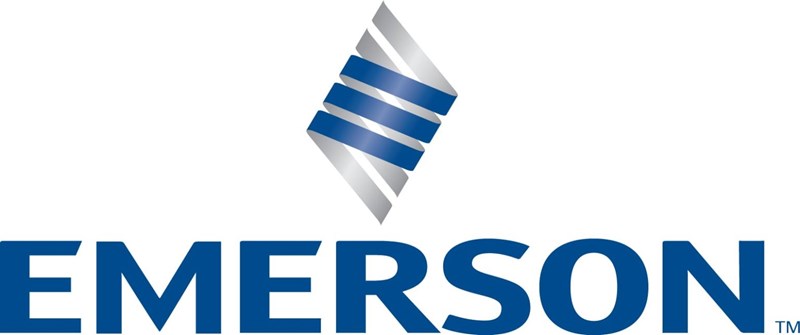ATEX & IECEx Panelboards | Distribution Boards for Heat Trace & Lighting Systems in Hazardous Area Locations
Posted on 01 July 2020

Republished by Thorne & Derrick with kind permission of Emerson Appleton
Hazardous Area Lighting & Power Panelboards
ATEX & IECEx
For Global Hazardous Area & Explosive Atmosphere Installations
Intro: Appleton AppletonTM PlexPowerTM Panelboards by Emerson use circuit breaker modules that provide explosion proof protection for standard off-the-shelf breakers, eliminating the need for a heavy cast enclosure. Component level protection means the panelboard enclosure is lighter, more compact and easier to install.
Breakers can be easily replaced, upgraded or added in the hazardous area zone or workplace with no bolted cover to remove, no need for sealing or rewiring and no danger of compromising flamepath integrity. There’s never been a simpler, more versatile way to protect lighting, power and heat trace circuits in wet, weather exposed, corrosive or hazardous locations.
It’s been ten years ago since now Emerson introduced their Appleton PlexPower™ line of hazardous location distribution boards – bringing the concept of component-level protection to North American markets governed by NEC and CEC standards. With new certifications for IECEx and ATEX installations, Emerson introduced the Appleton PlexPower distribution boards to the global marketplace.
An Innovative Way to Protect
Breakers in Hazardous Area Locations
For Zone 1 and Zone 2 (Gas) and Zone 21 and Zone 22 (Dust) explosive atmosphere applications, Appleton PlexPower distribution boards offer an innovative method for protecting power distribution, lighting and heat trace sytems. Appleton’s exclusive technology incorporates Labyrinth Joint Flamepaths into modular main and branch circuit breaker housings – allowing the use of standard, off-the-shelf circuit breakers that can be replaced in the field, instead of specialized, epoxy-encapsulated breakers.
More details available here.





